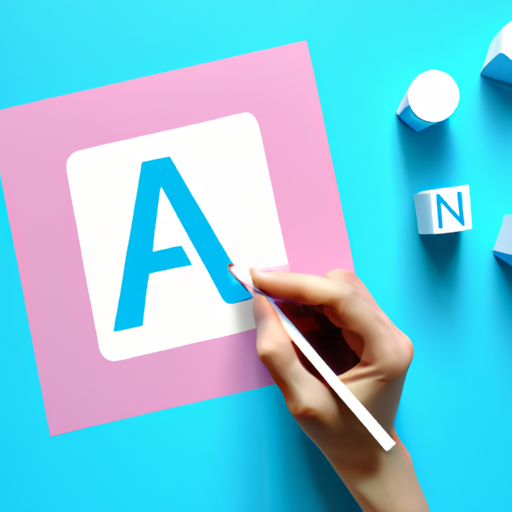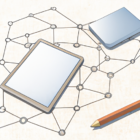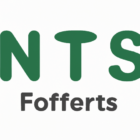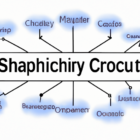In recent years, the rapid rise of Creative AI has captured the imagination of artists, technologists, and businesses alike. By combining the power of artificial intelligence with creative processes, AI is not only changing the way we think about art but also opening up new avenues for innovation.
What is Creative AI?
Creative AI refers to the use of machine learning algorithms to assist in artistic creation. This can include generating music, creating visual art, writing literature, and even developing innovative designs. By analyzing patterns and styles from existing works, Creative AI can produce unique pieces that blend human creativity with computational elements.
The Role of AI in Art
The intersection of art and technology is not new, but the advent of AI takes it to a whole new level. Artists are leveraging AI tools like DeepArt, RunwayML, and OpenAI’s DALL-E to create stunning visuals and compositions that push the boundaries of traditional art forms. These tools allow artists to:
- Explore new styles and techniques
- Generate ideas for projects
- Collaborate with algorithms to create hybrid works
Inspiration, Discovery, and the Creative Process
Creative AI serves not only as a creator but also as a collaborator. It inspires artists to experiment and explore new themes. This technological interaction fosters a creative dialogue that challenges the norms of traditional artistry and invites innovation.
Challenges and Ethical Considerations
While the potential of Creative AI is vast, it is accompanied by challenges and ethical questions. Issues around copyright, the authenticity of AI-generated artwork, and the role of human artists in a landscape increasingly populated by AI are hot topics of discussion. How do we define art when machines are involved? As these technologies evolve, so too must our understanding of creativity and originality.
The Future of Creative AI
The future holds tremendous potential for Creative AI, with ongoing research and development promising even more sophisticated applications. As artists and technologists continue to collaborate, we can expect a new wave of artistic expression that seamlessly integrates human creativity with the analytical prowess of machines.
In conclusion, Creative AI is not merely a tool; it is transforming the landscape of art and innovation. Embracing this technology could broaden the horizons of creativity and inspire a new generation of artists to merge their visions with advanced algorithms.
Get Involved
Are you an artist exploring the realms of AI? Or a technologist passionate about reshaping creativity? Join the conversation! Share your thoughts and experiences with Creative AI in the comments below.




